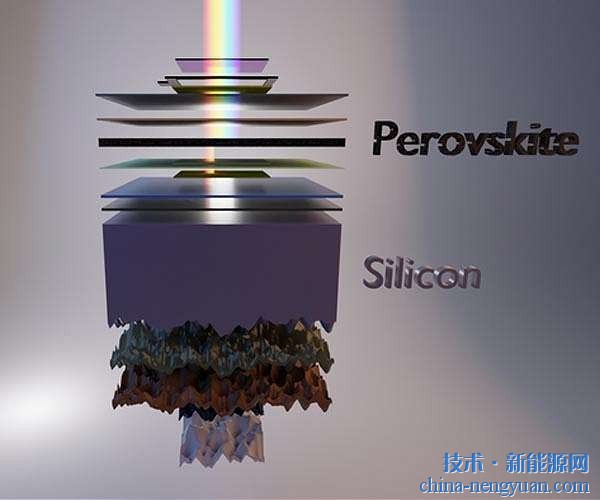 |
Recently, Sun Jian and Ge Qingjie's research team of the Dalian Institute of Chemical Physics, Chinese Academy of Sciences, Dalian Research Institute of Chemical Physics have made new progress in CO2 catalytic conversion research, and designed an iron-based catalyst with co-existence of multiple additives. A highly selective CO2 hydrogenation process for the production of linear a-olefins has been achieved.
The large consumption of fossil energy has led to a dramatic increase in the emission of greenhouse gas CO2, causing increasingly serious environmental problems such as global warming. If we can use CO2 as raw material and convert it directly into high-value-added chemicals, not only can we achieve carbon emission reduction, but we can also reduce dependence on traditional resources such as coal and petroleum, which is of great significance. However, the selective conversion of carbon dioxide is a worldwide problem, and the preparation of highly selective, high-stability catalysts faces enormous challenges.
Based on the previous research on the direct conversion of CO2 hydrogenation into fuel gasoline (Nature Communications), the team first proposed a new route for the direct conversion of CO2 hydrogenation to high-value chemical linear a-olefins (LAOs). Linear a-olefin is a very important chemical material with high added value, which is widely used in advanced lubricants, polyolefins and other fields of production. However, the production of this product has long depended on oil, and the market is in short supply. In the latest research work, the team designed an iron catalyst coexisting with iron oxide and iron carbide, supplemented with a variety of electronic additives (K, Mg, Ca, etc.) and structural aids (Si) coexisting in the corn cob. The technical bottleneck of carbon dioxide hydrogenation CO bond activation and CC bond coupling was broken through. Under mild reaction conditions, the selectivity of olefins and linear alpha-olefins was greatly improved, the CO2 conversion per pass was 31%, and the olefin selectivity was 72. %, the ratio of C4-C17 linear a-olefins in olefins (C4+) exceeds 80%. By optimizing the spatial arrangement of multiple active sites and additives, the key control mechanism for the formation of linear alpha-olefins was revealed, and the continuous operation of the catalyst remained stable. This work has provided new ideas for the research on the use of CO2 in the preparation of high-value chemicals, and it has also opened up new ways for the use of intermittent renewable energy sources.
Relevant research results were published in the new issue of Nature Publishing Group, “Communications and Chemistryâ€. The study was funded by the National Natural Science Foundation of China and the Youth Innovation Promotion Association of the Chinese Academy of Sciences.
The Emergency Sensor Light is specially designed for ceiling Mounted emergency lighting and with Microwave Sensor. from 12inch 18W to 18inch 36W. Dimmable lighting, Waterproof and Dustproof avialable. Widely using for Office and Household. Automatically light at once when buildings main power outage. It is more than 3 hours emergency time. When Main power is on, it use as an normal sensor lighting
Led Emergency Sensor Light,Emergency Light Sensor,Microwave Sensor Emergency Light,Emergency Sensor Light
Foshan Nai An Lighting Electric Co.,ltd , https://www.twinspotlights.com
